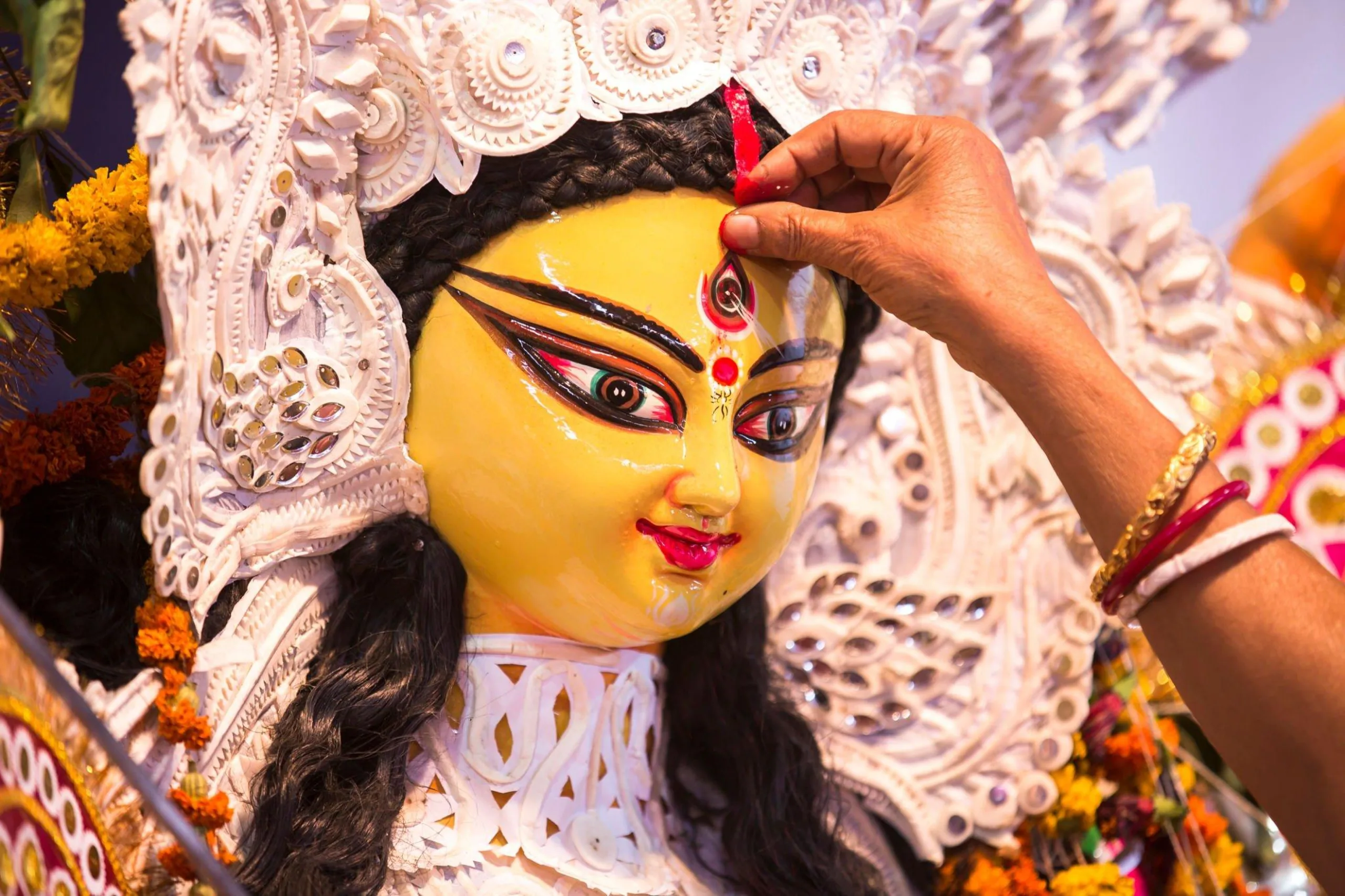India, a land of diverse cultures and religions, is home to numerous shrines spread across its various states. Here is a brief description of some of the significant shrines categorized state-wise.
Each state has its own treasure trove of sacred sites, reflecting the country’s deep-rooted spiritual heritage and offering a myriad of experiences to devotees and seekers of all faiths.
This is just a glimpse of the diverse shrines in India categorized state-wise. Here is a list of some of the significant shrines in India categorized by states:
Andhra Pradesh:
- Tirupati Balaji Temple
- Srisailam Mallikarjuna Swamy Temple
- Kanaka Durga Temple
Assam:
- Kamakhya Temple
- Umananda Temple
- Navagraha Temple
Bihar:
- Mahabodhi Temple
- Vishnupad Temple
- Takht Sri Harmandir Sahib
Delhi:
- Akshardham Temple
- Gurudwara Bangla Sahib
- Jama Masjid
Goa:
- Basilica of Bom Jesus
- Mangueshi Temple
- Shantadurga Temple
Gujarat:
- Somnath Temple
- Dwarkadhish Temple
- Ambaji Temple
Himachal Pradesh:
- Jwala Ji Temple
- Naina Devi Temple
- Chamunda Devi Temple
Jammu and Kashmir:
- Vaishno Devi Temple
- Amarnath Cave Temple
- Hazratbal Shrine
Karnataka:
- Mookambika Temple
- Sringeri Sharada Peetham
- Kukke Subramanya Temple
Kerala:
- Sabarimala Temple
- Guruvayur Temple
- Padmanabhaswamy Temple
Madhya Pradesh:
- Mahakaleshwar Temple
- Khajuraho Temples
- Omkareshwar Temple
Maharashtra:
- Shirdi Sai Baba Temple
- Siddhivinayak Temple
- Trimbakeshwar Temple
Odisha:
- Jagannath Temple
- Konark Sun Temple
- Lingaraja Temple
Punjab:
- Golden Temple (Harmandir Sahib)
- Durgiana Temple
- Bhakra Nangal Dam Gurudwara
Rajasthan:
- Dilwara Temples
- Govind Dev Ji Temple
- Birla Mandir Jaipur
Tamil Nadu:
- Meenakshi Temple
- Brihadeeswarar Temple
- Ramanathaswamy Temple
Uttar Pradesh:
- Kashi Vishwanath Temple
- Banke Bihari Temple
- Mathura Krishna Janmasthan
Uttarakhand:
- Badrinath Temple
- Kedarnath Temple
- Gangotri Temple
West Bengal:
- Dakshineswar Kali Temple
- Kalighat Kali Temple
- Belur Math
Please note that this list is not exhaustive, as there are numerous other shrines and religious sites across India. Each state has its own rich heritage of temples, mosques, gurdwaras, and other sacred places that hold deep religious and cultural significance.
FAQs about Shrines in India
1. What is the significance of shrines in India?
Shrines in India hold immense religious and cultural significance. They are places of worship and pilgrimage where people seek spiritual solace, divine blessings, and a connection with the divine.
2. How many shrines are there in India?
India is home to thousands of shrines, each representing a different faith and belief system. The exact number is difficult to ascertain due to the sheer abundance and diversity of these sacred places.
3. Are shrines in India open to all visitors?
Yes, most shrines in India are open to all visitors, regardless of their faith or nationality. However, certain restrictions and guidelines may apply in specific cases to ensure the sanctity and security of these places.
4. What are some famous shrines in India?
India is replete with famous shrines, including the Golden Temple in Amritsar, Vaishno Devi Temple in Jammu and Kashmir, Brihadeeswarar Temple in Thanjavur, and the dargah of Hazrat Nizamuddin Auliya in Delhi, among many others.
5. Are there any unique rituals associated with Indian shrines?
Yes, Indian shrines are often associated with unique rituals and practices. For example, the Aarti ceremony performed at various temples involves the offering of light and prayers to the deity, accompanied by devotional songs and chants.
6. How can one prepare for a visit to a shrine in India?
To prepare for a visit to a shrine in India, it is advisable to dress modestly and respect the religious customs and traditions of the place. It is also essential to check for any specific guidelines or restrictions beforehand to ensure a smooth and respectful visit.
Conclusion
Shrines in India stand as testament to the nation’s rich cultural and religious heritage. From ancient temples to Islamic shrines, Sikh gurdwaras to Buddhist monasteries, and Jain temples to countless others, these sacred places offer a glimpse into the spiritual tapestry of India. Each shrine carries its own unique aura and significance, attracting devotees and seekers of divine solace. So, embark on a spiritual odyssey and immerse yourself in the mystical world of shrines in India.









[…] Somnath Jyotirlinga Temple is located in Prabhas Patan, Gujarat and is one of the most celebrated spiritual sites in India. The temple has a long history dating back to the 6th century BC and has been destroyed several […]
[…] From fasting and singing to preparing ‘Chappan Bhog’ (a feast of 56 dishes) and Dahi Handi celebration (a playful re-enactment of Krishna’s butter stealing incidents), the customs of Krishna Janmashtami are diverse and colorful, reflecting India’s rich cultural heritage. […]